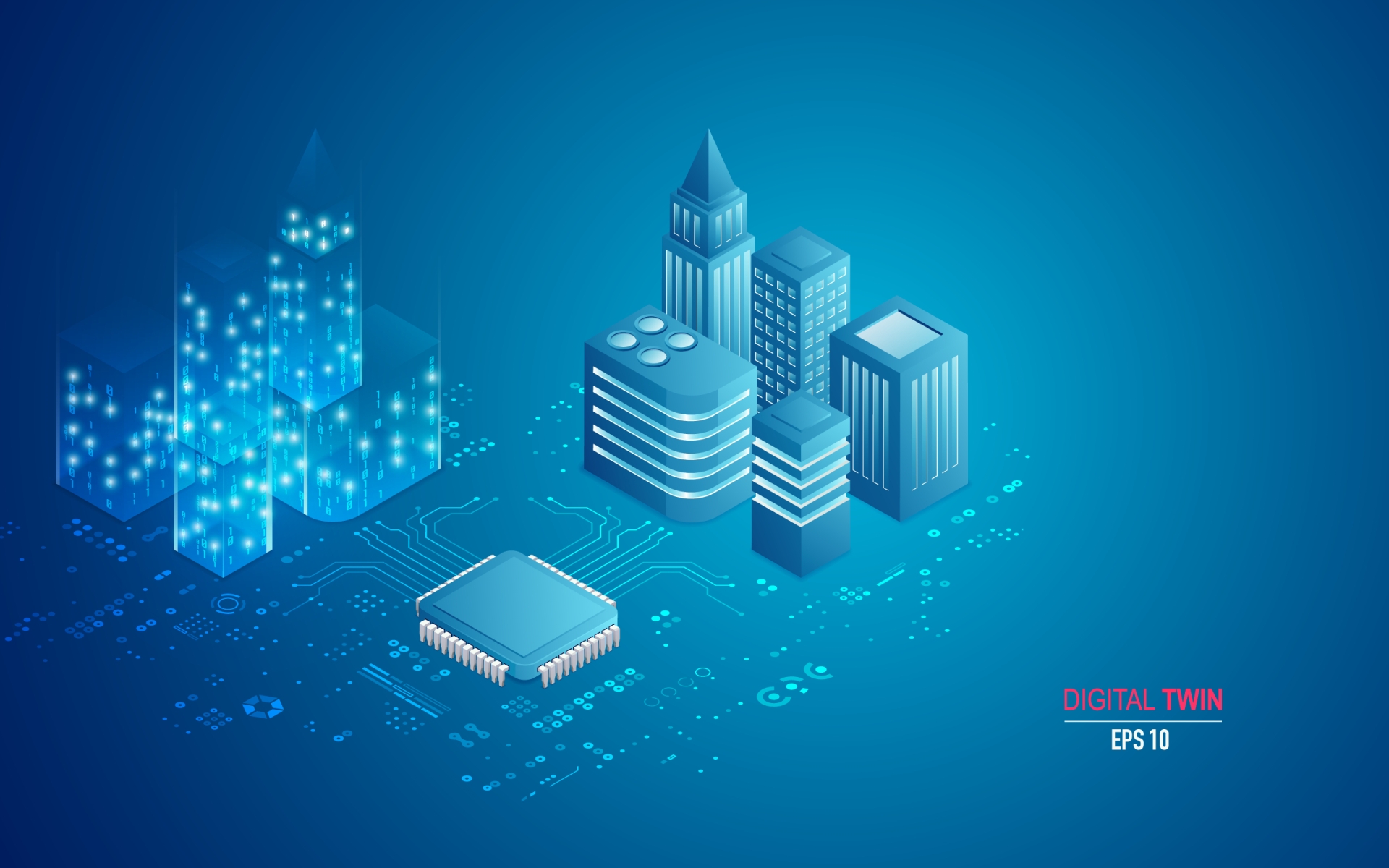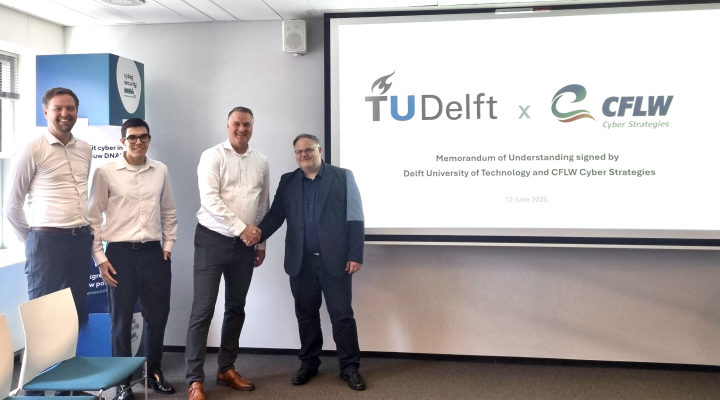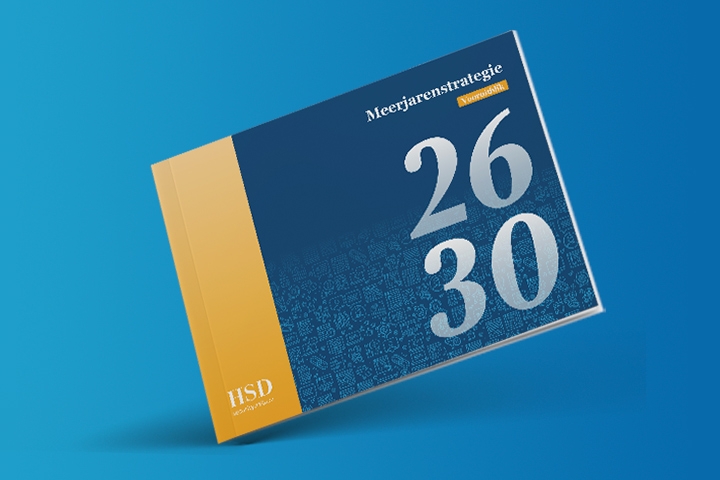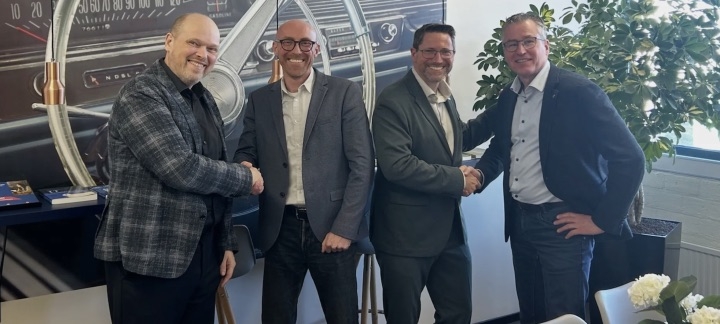Digital Twins and Safe Cities
The digital twin is a technology that has taken off enormously in recent years. But what exactly is a digital twin and for what purposes can you use it? Literature research and interviews with experts have been used to investigate which opportunities digital twins offer for the safety of cities and which risks are associated with them.
A digital twin is a virtual image of a physical process or object that is as accurate as possible. This image is created because data from reality is put into the model, giving you a virtual twin of the physical object or process. Data can be updated in real time so that the model can be used for explorations and possible predictions.
Digital twins are already being used in many sectors, such as construction, energy generation and the automotive industry. But digital twins can also play a major role in cities. By using available technological innovation within a city, safety can be increased, for example by using cameras and light or sound sensors. Exploiting technological progress is therefore essential for smart cities and digital twins could play an increasingly important role in this.
The rise in digital twin technology could be explained by the wide range of opportunities it offers. Not only are digital twins in cities relevant for crowd management, they can also provide support for various safety issues, such as preparing for crisis situations and drawing evacuation plans. When digital twins are applied in disaster management, it is possible to create hypothetical disasters with a digital twin and test where the infrastructure is weak and which buildings / hospitals will be affected. The same applies to possible bottlenecks in the crowd flow or predicting the effect of interventions in public space.
However, the use of digital twins is not all rosy. Risks in the field of privacy, data integration and becoming too dependent on digital twins are present. Technologies are making more and more progress and ensure that processes are easier to control or better understood by people. People are therefore often very positive about the use of digital twins. However, there is a danger in this, because the more we rely on a digital system, the more likely it is that an error will occur. At the moment we use digital twins not only to increase efficiency, but also to make decisions based on the information from the digital twin. This could pose dangers to people's safety. When incorrect data, for example by a hacker or a broken sensor, is put into a digital twin, making it seem as if it is not getting busy when in reality it will be, the right measures will not be taken in advance to prevent or manage the crowd. In the worst case, this could lead to oppression.
Experts in the field of digital twins recognize that there are risks associated with the use of digital twins. However, there is also great enthusiasm and optimism among them. There are many application possibilities and various use cases already show that digital twins can be used in cities to increase safety. However, in order to further develop digital twins, it is necessary to promote cooperation in the digital twin sector. Not only will more cooperation lead to easier sharing of information between parties, it can also contribute to making a city safer. Better cooperation ensures that digital twins can be applied more efficiently because the wheel does not have to be reinvented all the time.
The research was conducted by Welmoed Ibelings under the supervision of HSD Office, for the Impact Coalition Safety & Security. This research is part of HSD's contribution to and involvement to safety and security in Smart Cities. Read more about our Smart Secure Resilient Cities programme. Read more about the Impact Coalition Safety & Security. Read the ![]() full report (in Dutch only).
full report (in Dutch only).



















